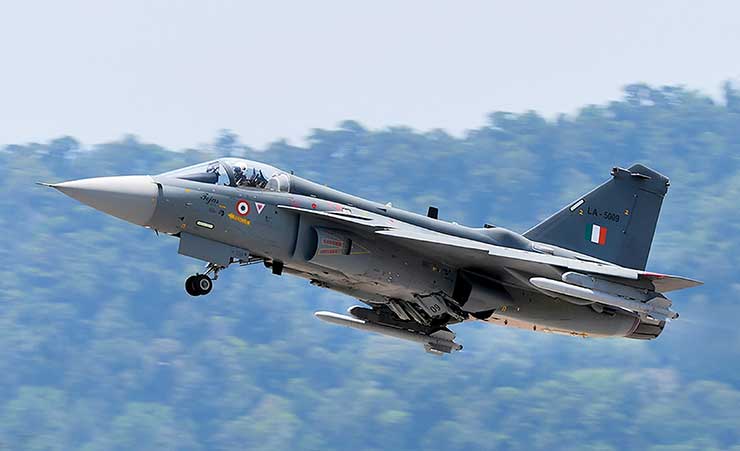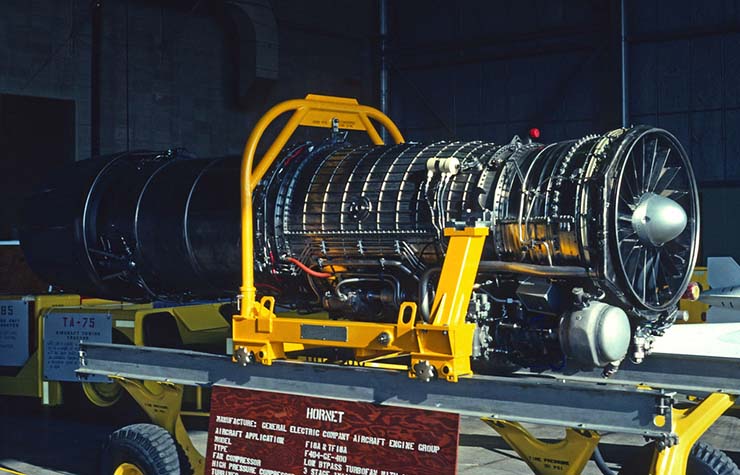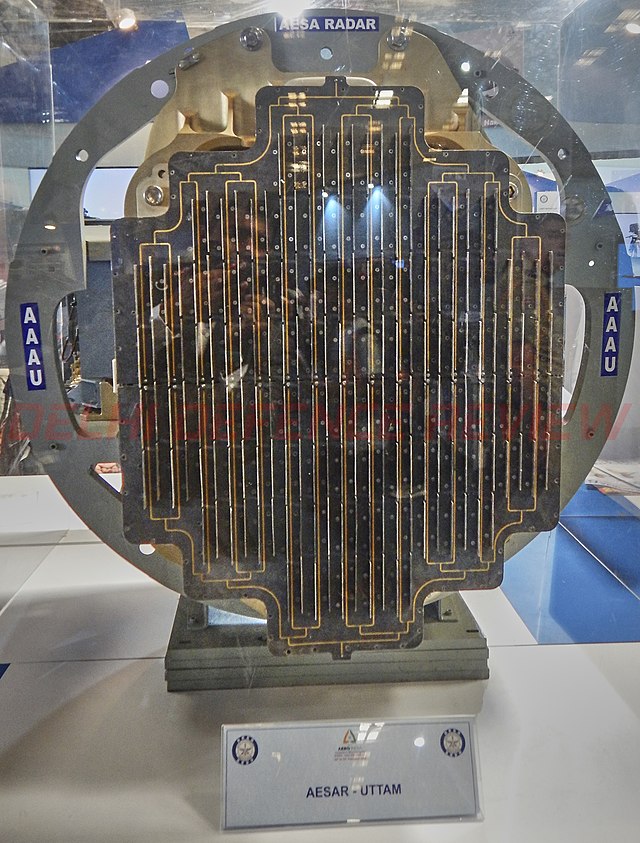
The year 1983 was a historic one for the Indian defence industry. It was then that the central government launched the programme to develop a new light combat aircraft (LCA) to replace its ageing IAF fighters. However, the LCA Tejas only took its first flight in 2001 and entered service after a delay of 14 years in 2015. While the multi-role supersonic fighter has been the crown jewel of India’s indigenous development capabilities, the LCA’s variant – Tejas Mark 2 – is currently the toast of the country’s might in the skies.
The Tejas Mark 2 is not an LCA like its predecessor. This aircraft, designed by the Aeronautical Development Agency (ADA) in collaboration with the Aircraft Research and Design Centre (ARDC) of Hindustan Aeronautics Limited (HAL), is, in fact, a Medium Weight Fighter (MWF). It features a higher thrust engine, increased length, and canard delta wing for better manoeuvrability.
The development plan for the Mark 2 came about to address the shortcomings of the LCA Tejas Mark 1 and Mark 1A. The aircraft is envisaged to be 1350 mm longer and 300 mm wider. The MWF is expected to replace multiple fighter jets in India’s arsenal, including MiG-29, SEPECAT Jaguar, and Dassault Mirage 2000.
Increased Weapons Capacity
The 4.5 generation flying machine, Tejas Mark 2, will level up on its predecessors in both range and endurance. On top of this, the latest variant of the Tejas will also feature canards and be capable of carrying external payloads of 6.5 tonnes. This increased capacity is almost twice that of the LCA Tejas. It would allow the jet to hold 3.5 tons of fuel in external drop tanks and the 3.3 tons in its internal fuel tanks while still leaving room for 3 tons of weapons and sensors.
The fighter aircraft can be loaded with weapons like the Crystal Maze, Spice-2000, ASRAAM, and the Scalp. It will also feature a hi-def touchscreen with a 50 cm x 20 cm large area display, enabling data fusion and intelligent information display. The Mark 2 will carry the indigenously developed Astra Mark 1 and Mark 2 missiles, apart from carrying Rudram anti-radiation missiles, which were developed by Defence R&D Laboratory (DRDL), Hyderabad.
DRDO’s Armament Research & Development Establishment is currently working on developing a set of bombs specifically for Tejas Mark 2, including Tara, that can be fitted on the pylons. The Mark 2 can also carry laser-guided bombs.
To carry the massive array of weaponry onboard, the Tejas Mark 2 has 13 hardpoints, including the wingtips for ASRAAM air-to-air missiles, three under-wing pylons on both sides, a wet station on each side for fuel drop tanks, and three hardpoints for long-range missiles – which amounts to about 6.5 tonnes of armament beneath the wings. Besides these, the aircraft also has a single 30 mm cannon gun at the front nose.

Upgraded Engine
The MWF has an internal fuel tank and three drop tanks that enable the aircraft to have a range of approximately 3500 km, with a minimum predicted combat range of 1500 km. Moreover, Tejas Mark 2 is estimated to have a top speed of 2,385 km/h (1.8 mach) and can reach a height of 56,758 feet.
The Tejas Mark 2 will also feature an upgrade in its engine for a superior flying experience. While the LCA has the GE F-404 power pack engine, Tejas Mark 2 will have the more powerful GE F-414-INS6 turbofan with FADEC. This change will enable the latter to improve the aircraft’s dogfighting capabilities by enhancing performance in climbing, turning, and faster acceleration. This engine change is because the F-404 engine’s peak thrust of 83 KiloNewtons (kN) is simply inadequate. The GE F-414 engine that ADA has decided to upgrade to delivers 98 kN of peak power and improved fuel consumption.
Amongst other improvements are improvements to stealth measures that reduce the aircraft’s radar cross-section, a radiation-absorbent coating, and a newly integrated EW system.

Cockpit and Radar Innovations
Additionally, the aircraft is designed to be network-centric, and its cockpit is quite advanced as it can be flown “optionally”. This means that in a hypothetical scenario where the pilot faints (because they can experience g-forces of over 9Gz), their HMD can notify ground control, who could then take over the aircraft controls.
When it comes to radar, the MWF is guided by an Indian product- the Uttam AESA radar. Uttam is said to be more potent than Israeli-made radars installed on the LCAs. The indigenous radar system on Tejas Mark 2 can detect and neutralise hostile electronic warfare attempts.
With so much cutting-edge technology onboard, the Tejas Mark 2 features 70% indigenisation (compared to 62% of Tejas Mark 1A), in line with India’s ‘Make in India’ initiative. The Mark 2 is slated to take to the skies in 2023. “We are targeting early 2023, but we should be able to do it slightly early,” said R. Madhavan, Chief Managing Director, HAL.
The series production of the highly anticipated fighter aircraft is expected to begin by 2026-27. The Indian Air Force (IAF) might look to procure 250 Tejas Mark 2s once they are ready to be deployed to protect Indian skies. With such a guardian in the skies, Indian territories will be secured aerially. Additionally, the MWF will also compete in the international arms market with the likes of Sweden’s Saab JAS 39 E/F Gripen.
– The writer is an Aerospace and Defence Analyst & Director ADD Engineering Components (India) Pvt Ltd (An Indo- German Company).








